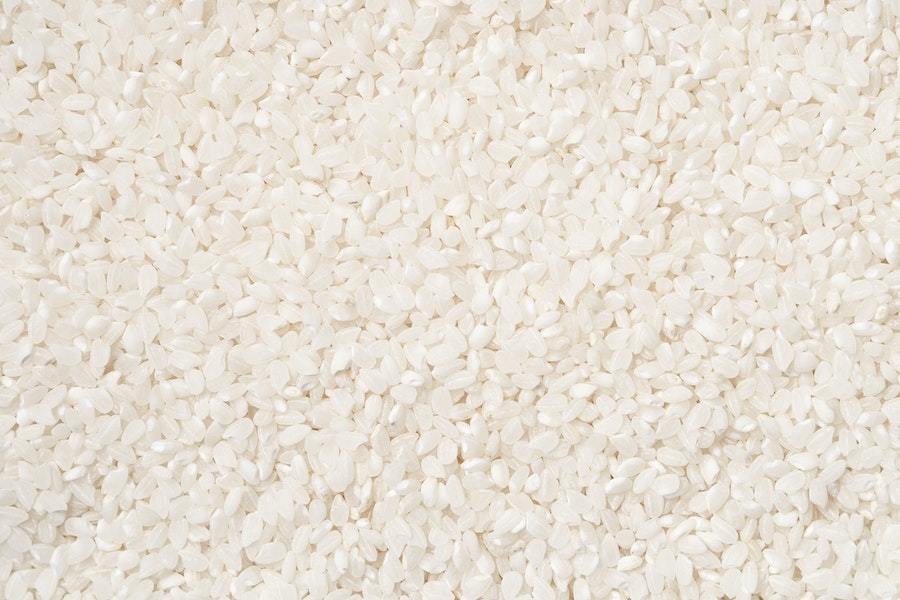Kimbap and Sushi are both well-loved by most, but do you know what are the differences between the two?
Kimbap vs Sushi
Before we start, what is Kimbap and what is Sushi?
Kimbap (김밥) is a well-loved Korean dish made up of cooked rice and is filled with various ingredients such as vegetables, fish, or meats that are rolled in dried seaweed sheets and served in slices that are bite-sized. Perfect for on the go as well!
Sushi (すし) is a traditional Japanese dish made up of prepared vinegared rice, usually with some sugar and salt. With a plethora of styles and accompanied by a variety of ingredients, such as seafood, most often raw, vegetables and wrapped in seaweed.
Similarities between Kimbap and Sushi
Let’s start with the similarities between Kimbap and Sushi.

Both Kimbap and Sushi are made up of cooked short-grain rice with other ingredients rolled using a bamboo mat in dried seaweed sheets. With so many ingredients to choose from, this results in many variations of Kimbap and Sushi.
Additionally, both of these dishes are not complete without rice! However, there are some interesting differences between the types of rice used and more.
Differences
Now onto the interesting part, what are the differences?
First off, the main ingredient. The cooked short-grain rice is seasoned differently. Kimbap uses sesame oil while Sushi uses vinegar. Brown or black rice can also be used for Kimbaps to add nutritional value!
People love eating sushi because of the fresh seafood being used as the highlight of the dish. The seafood can be served raw, flame-seared, grilled, boiled, or fried.
Some of the more common types of sushi in Japan are Tuna Sushi Roll (Tekka Maki), Tuna And Scallion Sushi Roll (Negitoro Maki), and Salmon Sushi Roll (Salmon Maki).
Unlike Sushi, Kimbaps do not usually contain raw seafood but processed food such as luncheon meat, imitation crab meat, cheese, etc.
Some of the more common types of kimbap in Korea are Traditional Kimbap 원조 김밥, Beef Kimbap 쇠고기 / 소고기 김밥 and Cheese Kimbap 치즈 김밥.
How is it Eaten?
Kimbap is well known to be a type of street food in Korea, students or adults can often be seen grabbing a roll of kimbap during lunch or as a snack. It’s also a common food to bring with you when hiking in Korea!
Kimbap is commonly paired with pickled radish, kimchi, or eaten with spicy tteokbokki, another street food item in Korea! Dip a slice of kimbap in the spicy tteokbokki soup, and you’ll have an unbeatable combination.
Sushi on the other hand is usually eaten at restaurants with wasabi and soy sauce. In Japan, Omakase lunches can be found in most restaurants. “Omakase” is a term for chefs to surprise customers with sushi and other dishes using seasonal ingredients of the day.
All in all, Kimbap and Sushi are both well-loved by locals and foreigners. With so much variety, there are endless possibilities to choose from.
*Follow MiddleClass.sg on Facebook, Instagram, and Telegram for more food, travel, and trending stories!